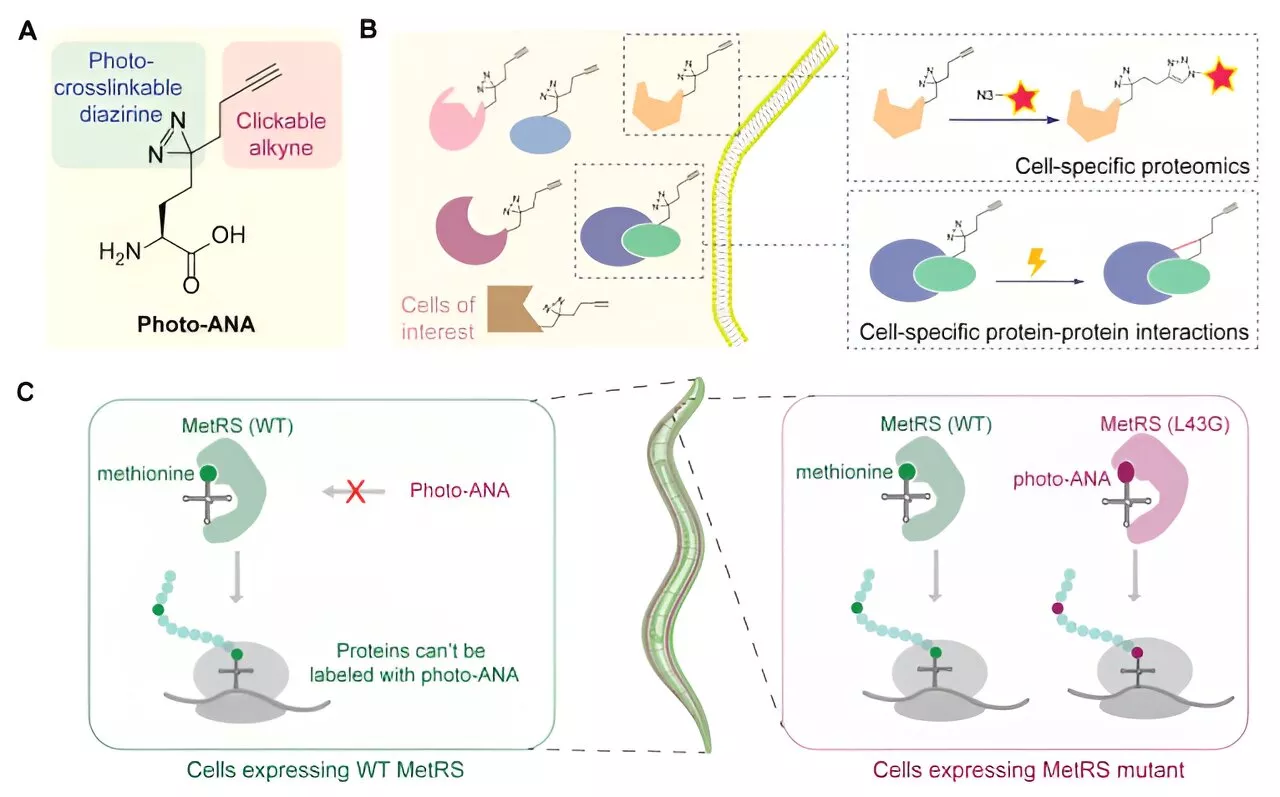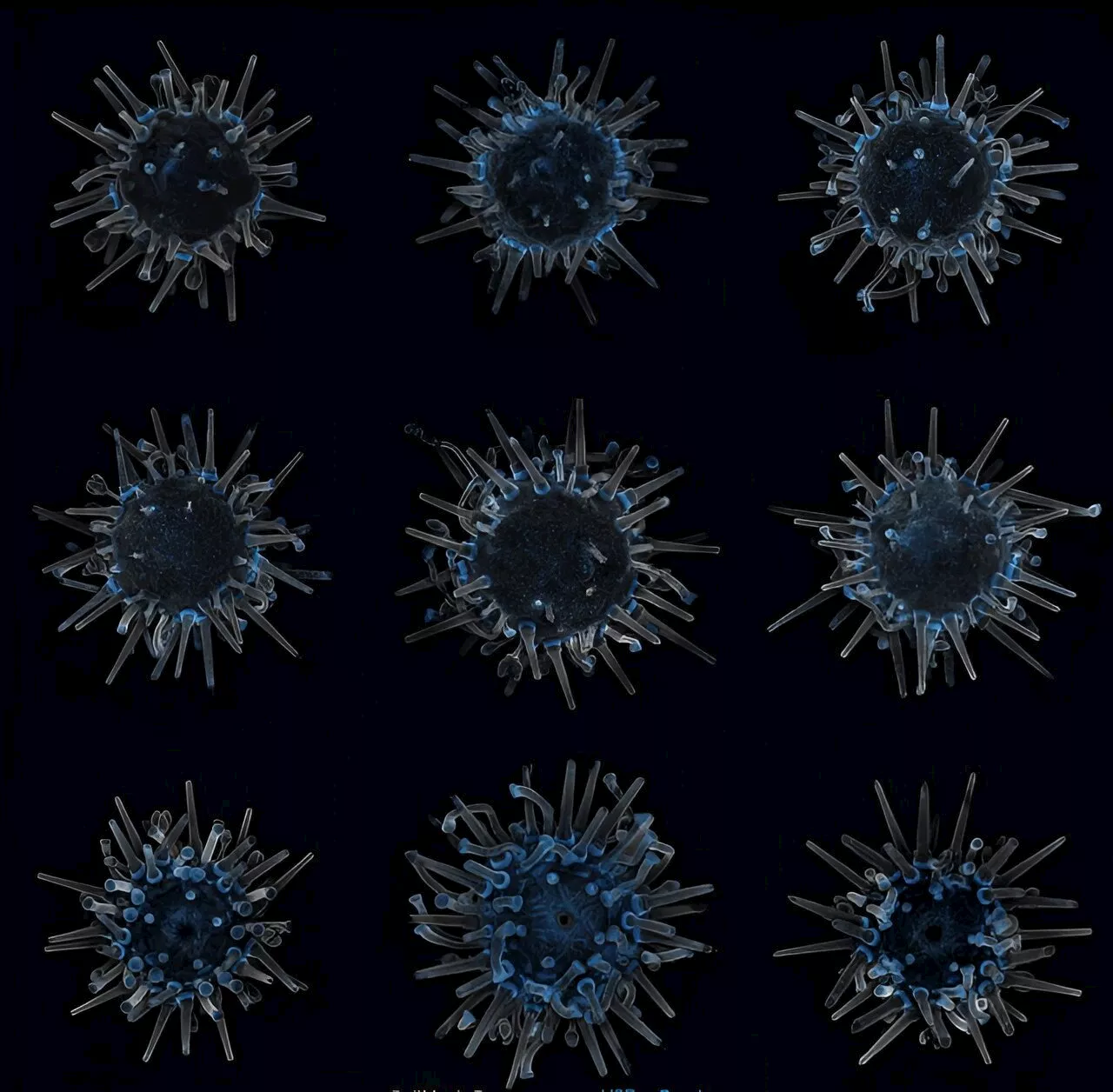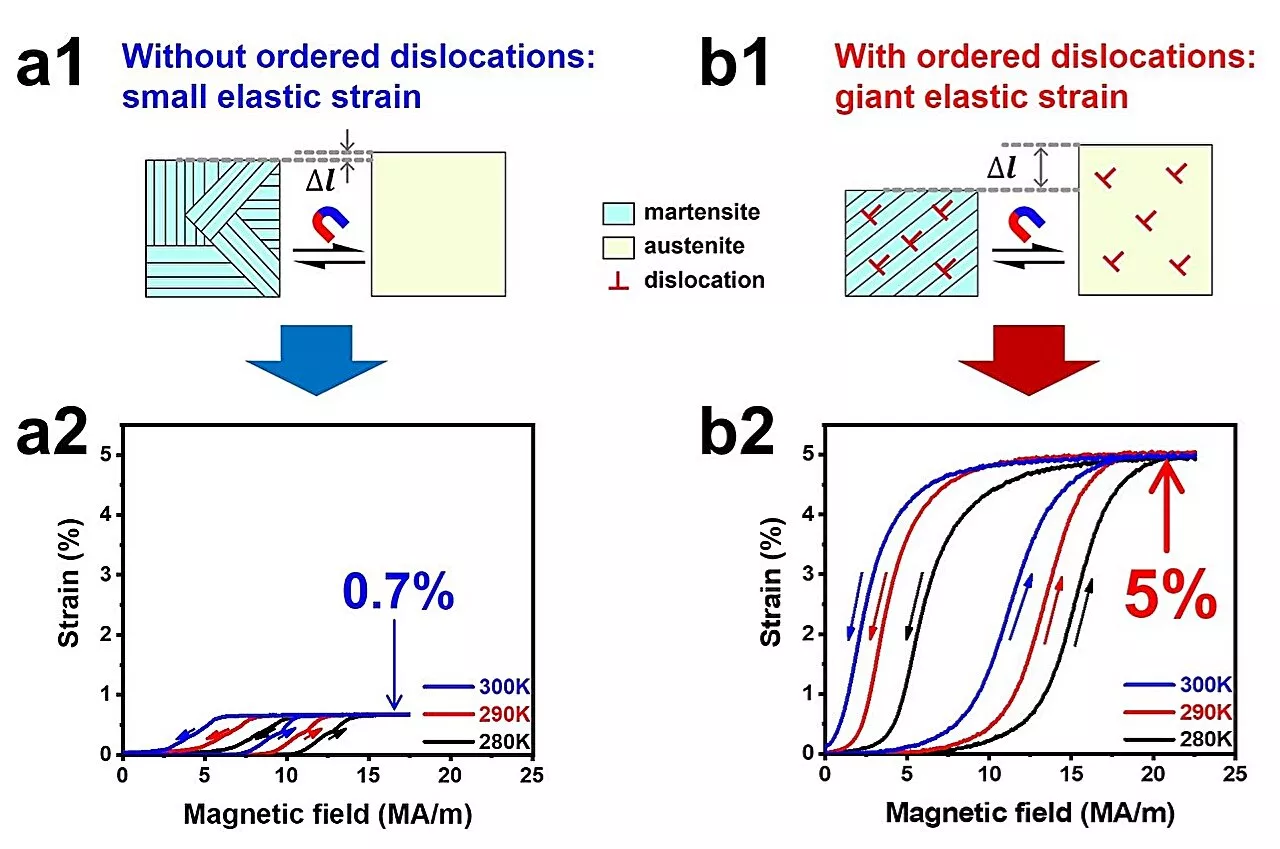A research group have discovered a novel modulator for human regulatory T cells. This novel regulator can strengthen or dampen immune response and provides a new basis for therapeutic approaches for immune mediated diseases.
The research group of Professor Riitta Lahesmaa have discovered a novel modulator for human regulatory T cells. This novel regulator can strengthen or dampen immune response and provides a new basis for therapeutic approaches for immune mediated diseases. The Lahesmaa group is based at Turku Bioscience Centre of the University of Turku and Åbo Akademi University in Finland and is part of the InFLAMES Research Flagship.
The scientists at Turku Bioscience Centre have now discovered a novel RNA that controls the development and function of regulatory T cells. This long intergenic noncoding RNA modulates the levels of transcription factor FOXP3 and the suppressive function of human regulatory T cells by controlling the interleukin-2 receptor. The finding potentially enables the development of new therapeutic approaches to control the human immune response.
The discovery is particularly interesting because cancer cells are able to hide from the immune system by specifically manipulating regulatory T cells. Recently introduced immune activator therapeutic monoclonal antibodies for cancer are attempting to break this hiding process. Lahesmaa suggests that by targeting the novel lincRNA molecule, it may be possible to release immune activation in cancer without using expensive antibodies.
Alzheimer's, stroke, multiple sclerosis and other neurological diseases cause severe damage due to neuroinflammation mediated by immune cells. Managing this inflammation poses a significant medical ...
Lymphoma Brain Tumor Cancer Lung Cancer Medical Topics Prostate Cancer Skin Cancer
United States Latest News, United States Headlines
Similar News:You can also read news stories similar to this one that we have collected from other news sources.
 Couch potato kids more likely to have heart damageScientists says light physical activity can reverse the risk, say scientists.
Couch potato kids more likely to have heart damageScientists says light physical activity can reverse the risk, say scientists.
Read more »
 Scientists develop novel approach to interrogate tissue-specific protein–protein interactionsMulticellular organisms, like animals and plants, have complex cells with diverse functions. This complexity arises from the need for cells to produce distinct proteins that interact with each other. This interaction is crucial for cells to carry out their specific tasks and to form complex molecular machinery.
Scientists develop novel approach to interrogate tissue-specific protein–protein interactionsMulticellular organisms, like animals and plants, have complex cells with diverse functions. This complexity arises from the need for cells to produce distinct proteins that interact with each other. This interaction is crucial for cells to carry out their specific tasks and to form complex molecular machinery.
Read more »
 Sea urchins made to order: Scientists make transgenic breakthroughConsider the sea urchin. Specifically, the painted urchin: Lytechinus pictus, a prickly Ping-Pong ball from the eastern Pacific Ocean.
Sea urchins made to order: Scientists make transgenic breakthroughConsider the sea urchin. Specifically, the painted urchin: Lytechinus pictus, a prickly Ping-Pong ball from the eastern Pacific Ocean.
Read more »
 Why scientists say we need to send clocks to the moon — and soonThere’s an ongoing international effort to keep time accurately on the moon. And it’s not just about creating a “lunar time zone.”
Why scientists say we need to send clocks to the moon — and soonThere’s an ongoing international effort to keep time accurately on the moon. And it’s not just about creating a “lunar time zone.”
Read more »
 First use of weather forecasts to show human impact on extreme weather is 'transformational,' scientists sayNational forecasting centers like the Met Office could apply the same tools used for weather forecasting to quantify how human behavior is aggravating major events like floods, heat waves and storms, climate scientists at Oxford University Physics show in a study published today in Nature Communications.
First use of weather forecasts to show human impact on extreme weather is 'transformational,' scientists sayNational forecasting centers like the Met Office could apply the same tools used for weather forecasting to quantify how human behavior is aggravating major events like floods, heat waves and storms, climate scientists at Oxford University Physics show in a study published today in Nature Communications.
Read more »
 Scientists achieve giant magneto-superelasticity in metal crystalRecently, a research group developed a giant magneto-superelasticity of 5% in a Ni34Co8Cu8Mn36Ga14 single crystal. This was achieved by introducing arrays of ordered dislocations to form preferentially oriented martensitic variants during the magnetically induced reverse martensitic transformation.
Scientists achieve giant magneto-superelasticity in metal crystalRecently, a research group developed a giant magneto-superelasticity of 5% in a Ni34Co8Cu8Mn36Ga14 single crystal. This was achieved by introducing arrays of ordered dislocations to form preferentially oriented martensitic variants during the magnetically induced reverse martensitic transformation.
Read more »
